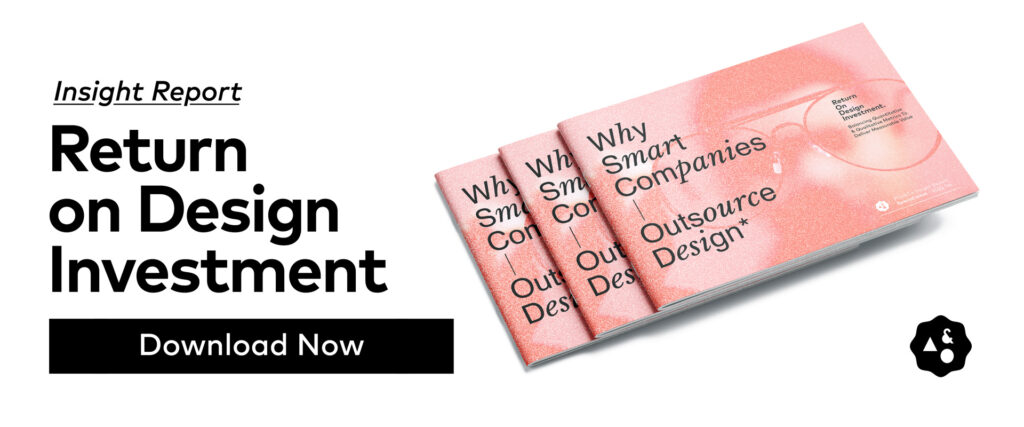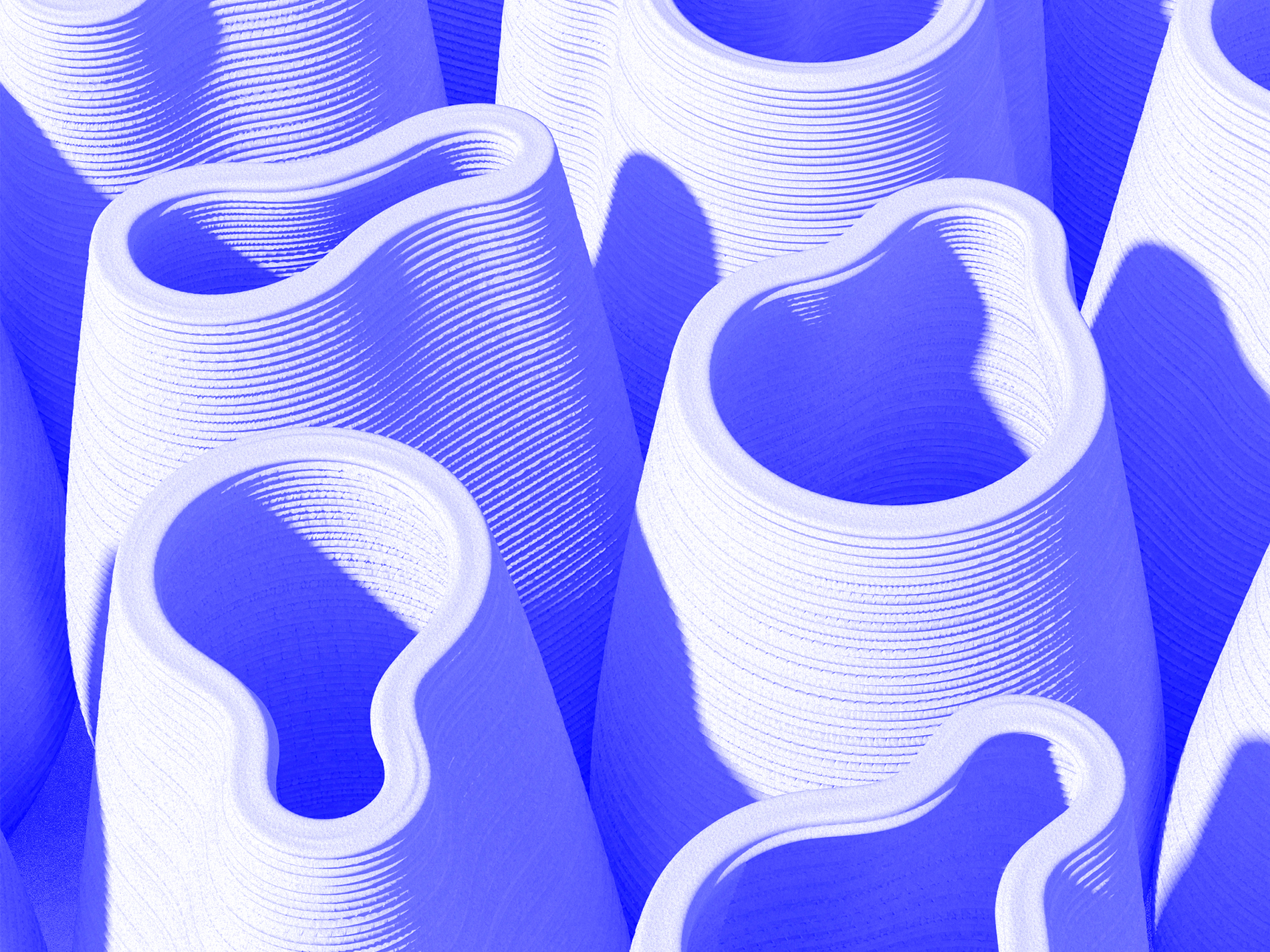Biomimicry is crucial for designers seeking innovative and sustainable solutions by imitating nature's designs and processes. It enables the creation of resource-efficient products that minimize environmental impact and foster innovation. To incorporate biomimicry, designers and brands should embrace collaboration, invest in research and education, and foster partnerships for knowledge sharing and inspiration.
In the pursuit of innovative and sustainable design solutions, designers and engineers have increasingly sought inspiration from nature's infinite wisdom. Biomimicry, the practice of emulating nature's designs and processes, has emerged as a powerful approach that bridges the gap between the brilliance of natural systems and human ingenuity. By tapping into nature's profound knowledge, biomimicry offers a transformative pathway to create products that are not only efficient and functional but also in harmony with the environment. This exploration delves into the captivating world of biomimicry, highlighting its significance in design and showcasing how it can revolutionize industries, foster sustainability, and pave the way for a more regenerative future.
Understanding Biomimicry
Biomimicry, derived from the Greek words "bios" (life) and "mimesis" (to imitate), is an interdisciplinary approach that seeks to emulate nature's patterns, strategies, and structures in designing innovative solutions. It involves understanding the principles and processes found in various organisms and ecosystems and applying them to human-made systems and products:
Unparalleled Efficiency: Nature has undergone billions of years of evolution, resulting in highly efficient and optimized designs. By emulating these designs, engineers and designers can create products that are not only functional but also resource-efficient, reducing waste and energy consumption.
Sustainability: Biomimicry offers a pathway to sustainable design by enabling the development of products that work in harmony with the environment. By aligning with nature's processes, designers can reduce the ecological impact of their creations and foster regenerative practices.
Resilience and Adaptability: Nature has perfected designs that are adaptable to changing conditions. By incorporating biomimetic principles, designers can create products that exhibit greater resilience, durability, and flexibility, allowing them to thrive in dynamic environments.
Innovation through Interdisciplinary Collaboration: Biomimicry bridges the gap between disciplines, fostering collaboration between scientists, engineers, and designers. By integrating biological knowledge with technological expertise, new and unexpected solutions can emerge, driving innovation across industries.
Examples of Biomimicry in Everyday Products
Biomimicry holds significant importance in everyday products as it offers unparalleled efficiency by emulating nature's optimized designs and systems. By drawing inspiration from nature, designers can create products that are not only functional but also sustainable, reducing resource consumption and minimizing environmental impact. Biomimicry fosters innovation, resilience, and adaptability, allowing for the development of products that align with nature's processes and contribute to a more sustainable and regenerative future.
Velcro - Inspired by Burrs: The hook-and-loop fastening system of Velcro was inspired by the burrs that cling to clothing and animal fur. Swiss engineer George de Mestral discovered this concept during a hiking trip, leading to the development of a fastening mechanism that has revolutionized industries ranging from fashion to aerospace.
Bullet Train - Learning from Kingfishers: The design of Japan's high-speed bullet train, the Shinkansen, was inspired by the streamlined shape and noise reduction techniques observed in Kingfisher birds. By mimicking the bird's beak, engineers created a train with reduced air resistance and minimized noise, leading to improved efficiency and passenger comfort.
Self-Cleaning Paint - The Lotus Effect: The lotus plant possesses self-cleaning properties due to its microscopically rough surface, which repels water and prevents dirt from adhering. Researchers have developed paints and coatings that mimic this "lotus effect" to create self-cleaning surfaces for buildings and vehicles, reducing the need for frequent cleaning and conserving water resources.
Wind Turbine Blades - Borrowing from Humpback Whales: Humpback whales exhibit exceptional maneuverability and hydrodynamics due to the tubercles (bumps) on the leading edge of their flippers. Wind turbine blades inspired by these tubercles have demonstrated improved aerodynamic performance, reducing drag and increasing energy efficiency.
Flexible Solar Panels - Emulating Butterfly Wings: Butterfly wings feature intricate nanostructures that enhance light absorption and enable vibrant colors. Researchers have replicated these structures to create flexible solar panels that are not only more efficient at capturing sunlight but also lightweight and adaptable to various surfaces, opening up new possibilities for solar energy integration in urban environments.
Biomimicry for Sustainable Design Practices
Biomimicry for sustainable design practices is a powerful approach that draws inspiration from nature to create products and systems that are environmentally friendly and resource-efficient. By embracing the principles of a circular economy, designers can develop products that can be easily disassembled, repaired, or repurposed, minimizing waste and maximizing resource utilization. Additionally, selecting renewable, biodegradable, or recyclable materials and adopting a systems thinking mindset that considers the entire lifecycle of a product contribute to minimizing environmental impact and optimizing resource efficiency.
Circular Economy: Embrace nature's principles of waste reduction and resource cycling by designing products that can be easily disassembled, repaired, or repurposed. Mimic nature's ability to create closed-loop systems where waste is transformed into valuable inputs for other processes.
Material Selection: Learn from nature's material choices and opt for renewable, biodegradable, or recyclable materials in product design. Consider the lifecycle impacts of materials, from sourcing to disposal, and prioritize eco-friendly alternatives that minimize environmental harm.
Systems Thinking: Emulate nature's holistic approach by considering the interconnectedness of products and their surrounding ecosystems. Design for the entire product lifecycle, including transportation, use, and end-of-life considerations, to minimize environmental impact and optimize resource efficiency.
Actionable Takeaways for Designers and Brands
Designers and brands can leverage biomimicry when creating everyday products by first cultivating curiosity and fostering cross-disciplinary collaboration to explore and learn from nature's designs and systems. They can then apply biomimetic principles in their design processes, such as using nature-inspired forms, structures, and materials, to optimize functionality and efficiency. By embracing biomimicry, designers and brands can create innovative and sustainable products that align with nature, reduce environmental impact, and promote resource efficiency.
Cultivate Curiosity and Cross-Disciplinary Collaboration:
Encourage designers, engineers, and scientists to explore and learn from nature's vast array of designs and systems. Foster collaboration between different disciplines to foster innovative solutions that integrate biological insights with engineering expertise.
Invest in Biomimicry Research and Education:
Support and invest in research institutions and educational programs that focus on biomimicry. By promoting the understanding and application of biomimetic principles, we can accelerate the adoption of sustainable design practices across industries.
Foster Partnerships and Knowledge Sharing:
Establish networks and platforms that facilitate knowledge sharing and collaboration among designers, brands, and biomimicry experts. Encourage the exchange of best practices, case studies, and resources to inspire and empower designers to incorporate biomimicry into their design processes.
Biomimicry serves as a bridge between the brilliance of nature's designs and human innovation, offering a pathway to sustainable, efficient, and resilient solutions. By harnessing nature's wisdom, designers and brands can create products that not only meet human needs but also harmonize with the natural world. Through interdisciplinary collaboration, research, and a commitment to systems thinking, biomimicry can drive transformative change in design practices, leading us toward a more sustainable and regenerative future.





